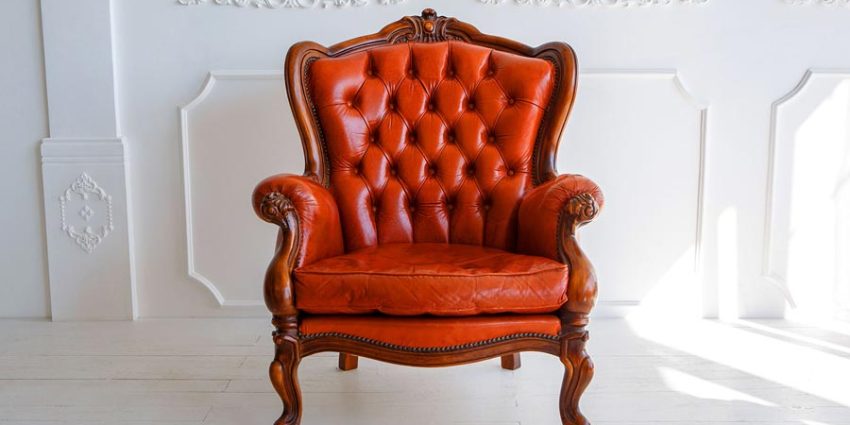Leather upholstery isn’t just a stylish addition to your space; it’s a commitment to timeless luxury that, if cared for properly, can last generations. Leather, with its unique requirements and vulnerabilities, needs specific care strategies to maintain its beauty and prolong its life. This guide dives into the masters’ playbook to share proven methods for keeping your leather in top condition.
Understanding Your Leather
The journey to preserving your leather begins with understanding what type you’re working with. The common types include aniline, semi-aniline, and pigmented leather. Aniline leather is luxurious and soft but very susceptible to stains and sunlight. Semi-aniline offers a balance, sporting a light protective coat for greater resilience, while pigmented leather, with its durable finish, is best for furniture in high-traffic areas. Keep in mind that factors like sunlight, heat, and humidity can dramatically affect leather’s aging process, leading it to dry out, fade, or crack if not properly managed.
Regular Cleaning
Routine cleaning is pivotal in leather care. It’s not just about aesthetics; it’s essential for preservation. Always opt for a cleaner specifically designed for leather to avoid harsh chemicals that can damage it. Apply cleaner with a soft cloth using gentle, circular motions—this technique lifts dirt without pushing it deeper into the leather. How often you clean depends on usage and environmental factors, but a general rule is to clean lightly used leather every few months and more frequently for items in daily use.
Conditioning and Moisturizing
Over time, leather can lose moisture, leading to cracking and stiffness. To keep leather supple, conditioning is key. Use a quality leather conditioner that replenishes natural oils, avoiding silicone-based products that can degrade leather quality over time. For a more natural approach, consider alternatives like neat’s-foot oil or lanolin. Apply conditioner in thin layers, allowing the leather to absorb it gradually, which prevents it from becoming overly greasy.
Dealing with Stains and Spills
When accidents happen, the key is immediate action. Always dab spills quickly with a clean, dry cloth to absorb as much liquid as possible before it soaks in. For tougher stains, use leather-specific cleaners, and always perform a spot test on a discreet area first to check for any discoloration or damage. While mild soap solutions can sometimes help, it’s best to avoid harsh DIY remedies that could damage the leather further.
Preventing and Repairing Damage
Protecting your leather from potential harm is always preferable to dealing with damage after the fact. Keep sharp objects and pet claws away from leather to prevent scratches and tears. For minor scratches, lightly buffing with a microfiber cloth can often camouflage the damage. If you encounter small tears, leather repair kits can sometimes mend them with adhesive patches. However, for serious damage, seeking professional help can restore the leather to its former glory, proving to be a worthy investment.
Storing Leather Furniture and Accessories
Proper storage of leather goods, especially during off-seasons or moves, is crucial. Store leather items in a well-ventilated area to prevent mold and mildew and keep them away from direct sunlight and heat sources, which can cause fading and drying. Opt for breathable fabric covers instead of plastic, which can create condensation and damage the leather.
Conclusion
Integrating these care practices into your routine ensures that your leather upholstery not only ages gracefully but continues to add a touch of elegance and comfort to your space. Regular maintenance preserves the leather’s integrity and its luxurious appeal.
Join the Conversation
Have you got leather care tips or stories to share? Drop them in the comments below! For more detailed advice, download our comprehensive leather care guide and check out the C.S. Osborne website for recommended tools and products to keep your leather looking its best. Why not visit your local leather goods store to see these tips in action? Your leather deserves the best, and with a little effort, it will continue to be a centerpiece in your home or office for years to come.

